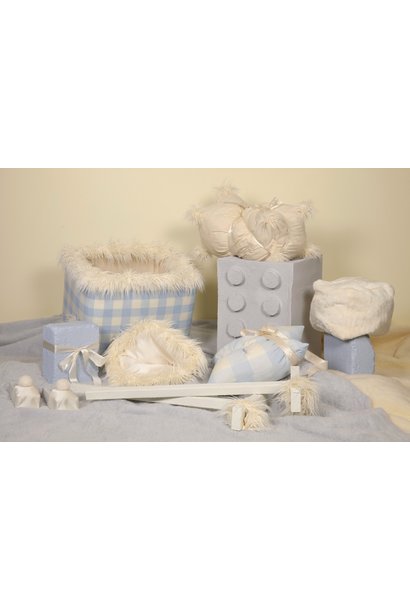

Evan Sproat Scholarship Residency
C$ 0.00 Excl. tax
- File number: RESI1045
...
Evan Sproat is a prairie-raised artist, currently based out of Vancouver, who is considering his position within the larger context of contemporary identity-politics. His residency at Malaspina involved screen printing on fabric. As a multi-disciplinary artist, he integrates time-intensive mediums as a therapeutic exercise. Through a playful implementation of craft, soft sculpture, print, and woodworking, he reflects on the physical labor of construction by subverting methods of mass-production. This permits a space for self-examination, exploration, personal awareness, and ultimately growth.
Considering the present politics of race and gender, Sproat uses play and toy-like objects as tools of social critique. As inanimate representations of life, toys speak to the needs, values, and issues of their time of production. Therefore, they may be strategically used to address socio-political traumas, embedded with certain ideas of morality, and eventually, formulate a new foundation for how people might interact in the real world. Through their depiction and activation within constructed environments, Sproat produces performative works based on his circumstantial perspective. His body, sexuality, and play become devices used to destabilize and challenge systems of thinking, while proposing new understandings of the world.
During his scholarship residency, Sproat investigated the cultural and political history of the gingham textile. This material is a simple, durable, and inexpensive fabric produced through the weaving of individually dyed cotton fibers. Originally, produced in Malaysia as a striped textile called ‘gingan’, the cloth was adapted in the 18th Century after the Manchester Mills Company started producing it In Western Europe. Now, appearing as an interconnecting grid pattern, the westernized gingham textile is often considered as a print or pattern rather than a weave. It has become known as a sentimental icon for conservative domesticity and Americana morality.
Through unconventional silkscreen methods, Sproat mass-produced a gingham-like textile that was generalized purely by its pattern design. He deliberately played off the inauthenticity of the material by incorporating its representative qualities within a series of metaphorical costumes. Through this act of mimicry, Sproat challenges the internal integrity of materials and integrates labor-intensive mediums, like printmaking and garment design, to further situate the work in dialogue with fast fashion and contemporary work ethics. In doing so, Sproat creates a performative discussion examining one’s limitations when moving through physical space.
Recently viewed
-
 Favoriten
Add to cart
Favoriten
Add to cart
Evan Sproat Scholarship Residency
C$ 0.00 Excl. tax


